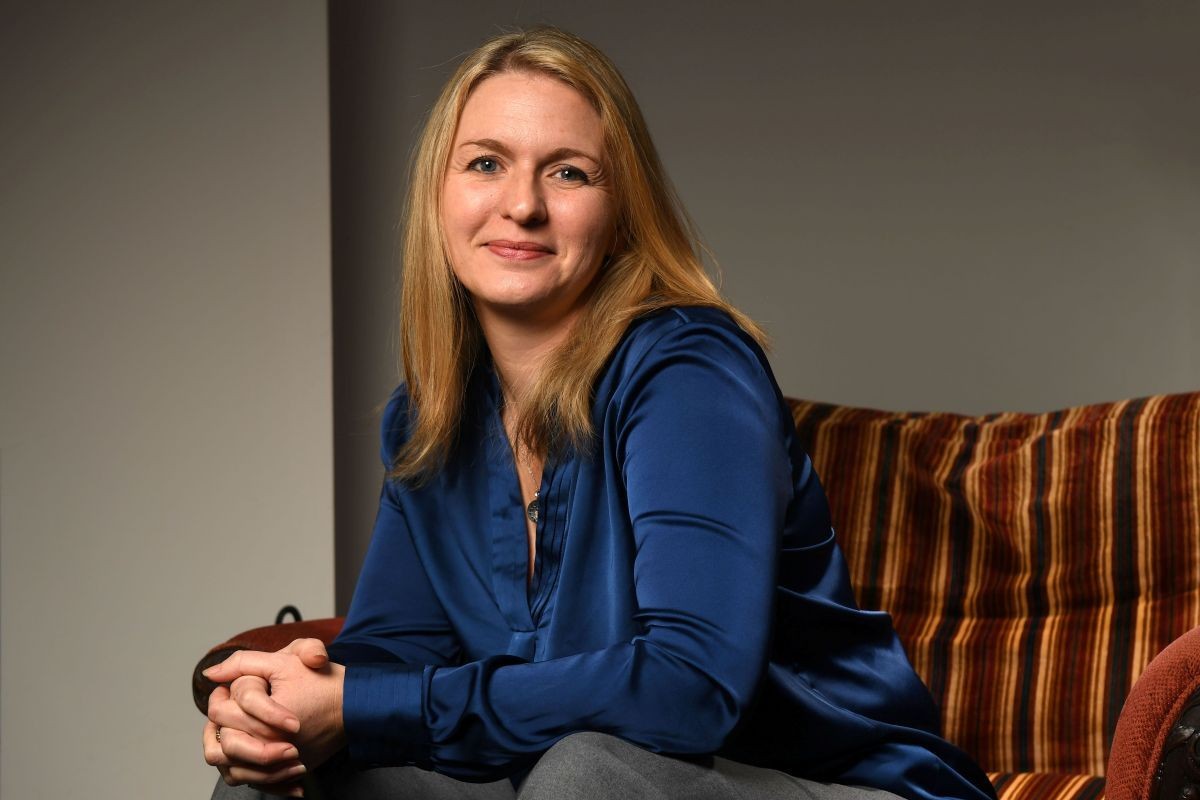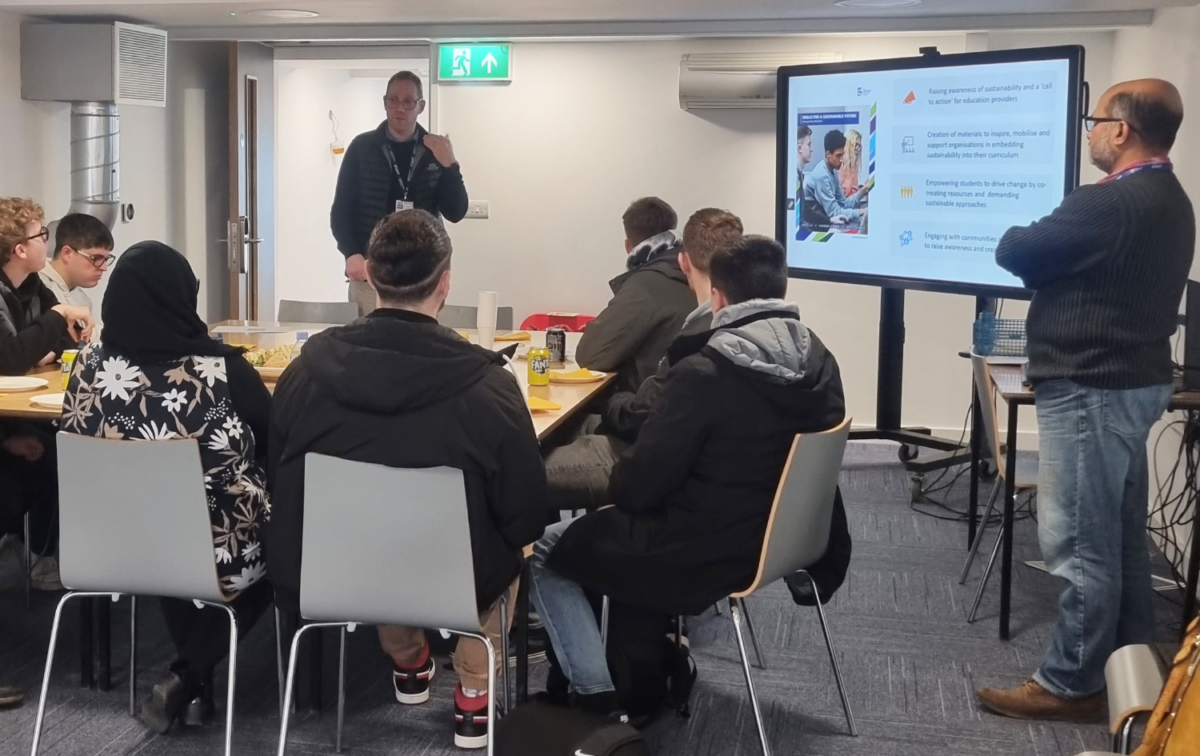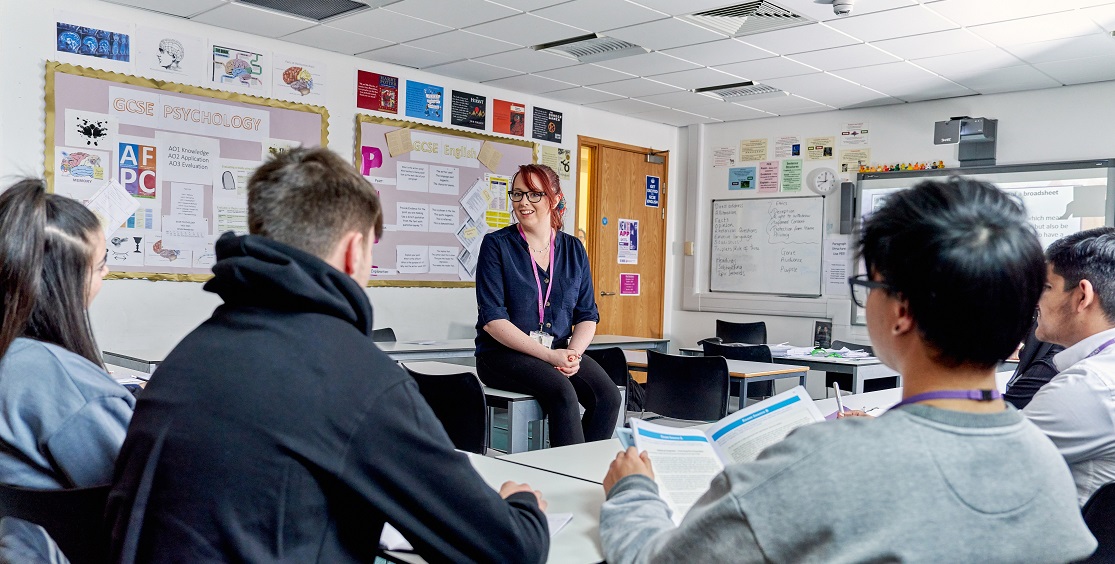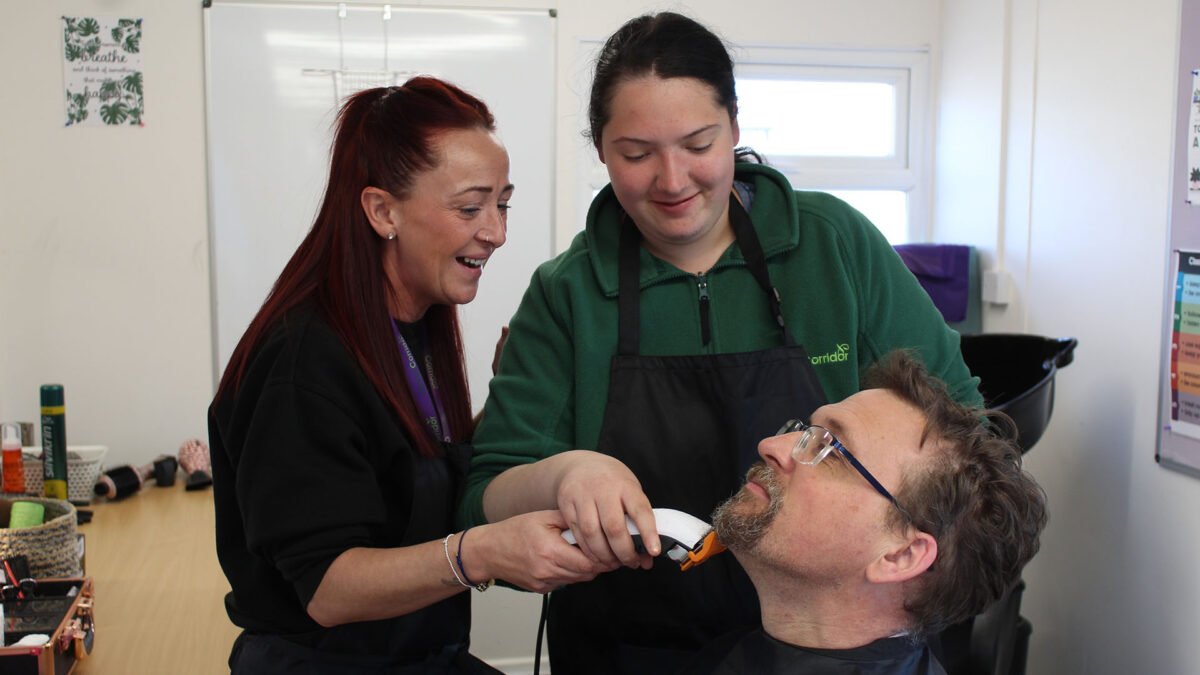What next for fair access and participation?

Fair access to higher education for young people from disadvantaged backgrounds is one of the biggest challenges faced by the education sector today.
Just 27% of students who are Free School Meal eligible go on to university, compared to 46% of their better-off peers. This is the biggest gap in over 15 years.
And it’s not just about entry, young people from these backgrounds are more likely to drop out, gain a lower class of degree and experience poorer graduate outcomes.
John Blake takes up his new position at Office for Students at a pivotal time for widening participation, as the Department for Education champions a focus on working with schools to raise education standards and promote success at university and beyond.
At the heart of this is the idea of institutions working together across the education journey through schools, colleges, universities and third sector organisations, to support all young people to achieve their potential.

What next for fair access and participation? – Live speech from new Director for Fair Access and Participation, John Blake, followed by a panel debate with Q&A
Impetus will be hosting the Office for Student’s new Director for Fair Access and Participation, John Blake, for his first external speaking event this afternoon (10th February).
John’s speech will be followed by a panel discussion and Q&A with perspectives from the school, university, and third sectors and, crucially, a young person, on how we can put into practice the DfE and OfS focus on collaboration and raising education standards to support more young people on the path to success.
Date and time: Thursday 10 February, 16:00 – 17:15
Other speakers include:
Gino Graziano – Director of Widening Participation and Social Mobility, University of Southampton
Rae Tooth – CEO, Villiers Park
With the access gap at a 14 year high, more must be done to support young people from disadvantaged backgrounds in to higher education
14th Oct 2021: The latest statistics on widening participation to higher education show that the access gap between young people from disadvantaged backgrounds and their better-off peers increased for the third year in a row.

Steve Haines, Director of Public Affairs at education charity Impetus (@ImpetusPEF) said:
“Whilst record levels of young people from disadvantaged backgrounds attending university is something to be celebrated, we cannot ignore the fact that the access gap between these young people and their better-off peers has reached its largest in almost 15 years.
“We’ve wasted valuable time this past year discussing whether too many young people are heading to university, and the merits of overhauling the system to one of post-qualification admissions, distracting from the fact that it is young people from more advantaged backgrounds who continue to reap the benefits of the expansion of higher education.
“It’s time to re-prioritise closing the access gap and refocus the debate on what works to support all young people, whatever their background, to access higher education – high-quality tuition, contextualised admissions and protected funding to deliver evidenced-backed widening participation interventions.”
Commenting on the gap between the numbers of disadvantaged and non-disadvantaged students entering university,

Lee Elliot Major, Professor of Social Mobility at the University of Exeter, said:
“These are hugely worrying figures representing a backward step for social mobility – particularly given that efforts by universities to attract students from poorer backgrounds will be put back years following the pandemic.
“University access efforts are facing a perfect storm – larger learning loss suffered during the pandemic by poorer pupils, the cancellation of face to face university outreach work, and increasing competition for degree places fuelled by grade inflation.”
Annual statistics on young people’s participation in higher education, including their background characteristics.
Applies to England
Documents
Widening participation in higher education: 2021
Details
Statistics providing information on measures of widening participation in higher education.
These include estimates of progression to higher education (HE) by age 19 for state-funded pupils by personal characteristics, including:
- eligibility for free school meals (FSM)
- gender
- ethnicity
- special educational need (SEN) status
- first language
- looked after children
- children in need
The publication includes geographic breakdowns to enable comparisons of HE progression rates between local authorities and regions by personal characteristics.
Figures are also provided showing estimated percentages of A level and equivalent students, by school or college type, who progressed to HE by age 19 with breakdowns for high tariff higher education providers.
Further breakdowns include progression by POLAR disadvantage and Teaching Excellence and Student Outcomes Framework rating.
The latest data relates to HE entry in 2019 to 2020, so the figures presented will be unaffected by the impact of the coronavirus (COVID-19) pandemic.











Responses